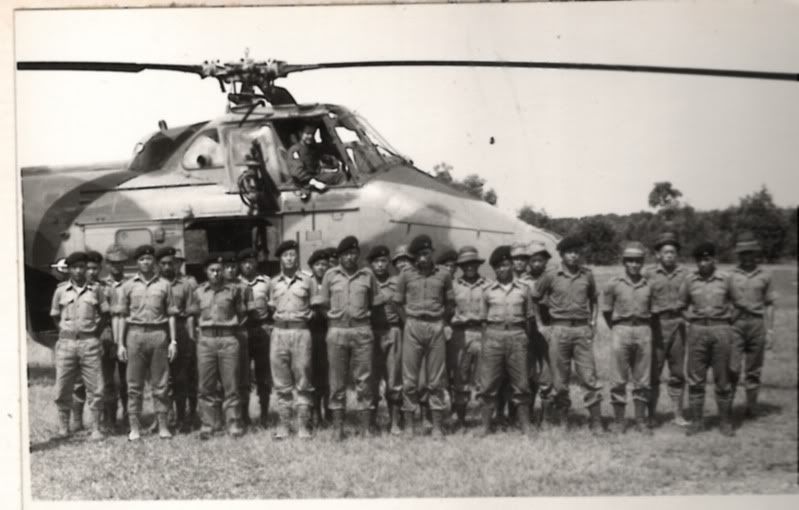In the late seventies the offshore oil industry used much the same rulers as routine civil air transport. Male passengers weighed 170lbs, female 140lbs. You would plan your flight taking on the max amount of fuel as possible depending on the pax and freight. The manifest would arrive with nineteen pax at 170 lbs each. After start nineteen overweight gorillas, each at least 200lbs, would tramp out to the aircraft. 19X30=570lbs overweight to start off with. A whole generation of Pumas and S61s did not seem to suffer.
Going further back. The only way to check the power settings of turbine powered Whirwinds and Wessex was to run them on a tie down base. Here the aircraft were strapped to the ground on a specially built pan that had steel retaining rods set in the concrete. Some of the coning angles that the main rotor achieved setting full power were tremendous and all the strain was taken up by the gearbox mountings. Again they did not seem to suffer.
Years ago I had to carry out a check on an engine that had had a compressor stall and had cooked the turbine. There was no tie down available so we had to use human weight. It still got airborne with everybody inside at full power.

The problem with being over weight is not so much getting airborne but in forward flight. The aircraft has a VNE for a certain weight, you go above that weight and you have no idea what the VNE for your new weight is. Your rotor head will know because of the stresses that are building up by you flying in excess of that unknown VNE. One occassion that I remember a certain pilot used to ignore things like MAUW and VNE, full power was his only datum. He unknowingly overtook his flight commander and then the truth came out. They replaced all the rotor heads on all the aircraft he had flown.
All pilots will at some time or the other get airborne overweight, either knowingly or otherwise. Grotesquely overweight you bring it back at a reduced speed so as to look after the head. As a small percentage of your permissable weight fly it at a reduced speed until it gets down to MAUW. and then just carry on. As a rule of thumb if by continuing your flight it is going to take less time to get your weight down than by turning back then carry on.
A lot of the weight limitations are certification issues. The S76, for example, started off at 10,000, grew to 10,300 and then to 10,800lbs. I do not recall any S76 falling out of the sky because they were too heavy. The 332L is limited to 8,600 Kg, that is so it can meet various performance criteria. Ferry flights are exceptions and so are USL operations were you can go to 9,100 kgs all day as long as you can jettison your load.
I can visualise the barrack room lawyers and holier than thou brigade banging their flight manuals but these things happen. It stood me in good stead for 44 years and 18,000 hrs.